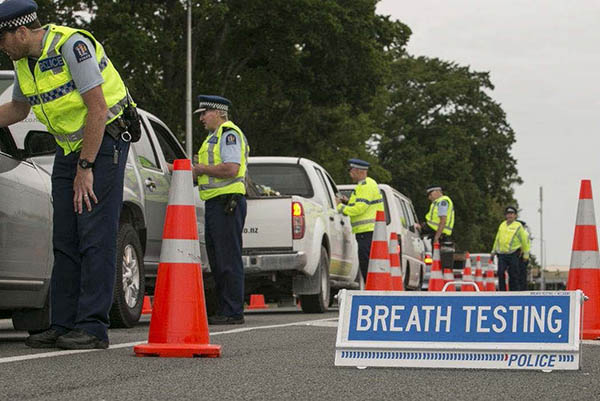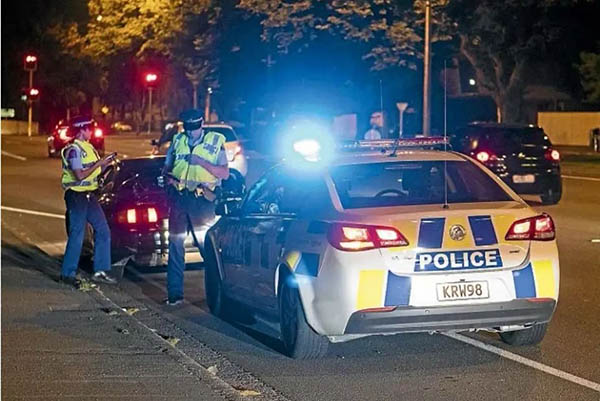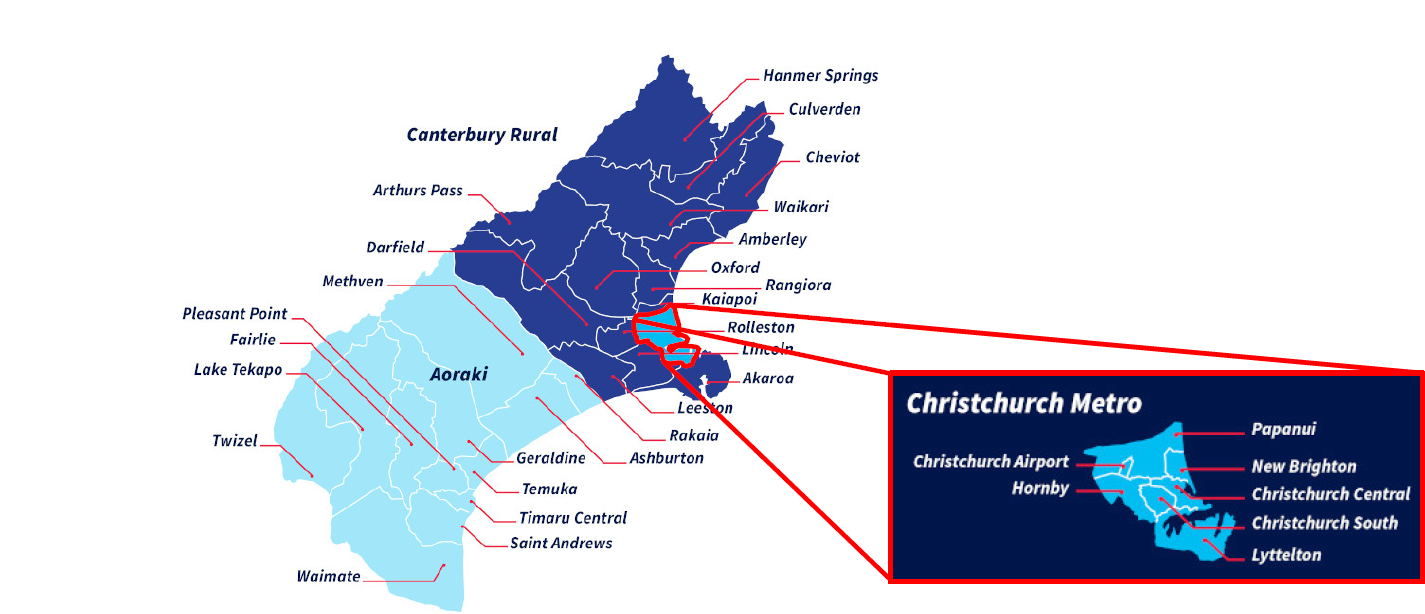The New Zealand Police plays an important part in helping to make roads safer through rigorous enforcement of traffic laws including alcohol limits and speed regulations, promoting good driving practices, and road safety education in general.
The Canterbury Police District is staffed with a road policing manager and a number of specialist road policing groups such as Strategic Traffic Units, Highway Patrol, Impairment Prevention Teams, Anti Social Road User Teams, Motorcycle Units and Serious Crash Units.
There has been some work using general deterrence principles to optimise use of specific resources such as how checkpoints are deployed, focusing on parameters such as the number of checkpoints per month, how many checkpoints are run at the same time, and how long checkpoints should be in one place before being moved.
These focused optimisations have been successful, but there is an opportunity for a more general analysis of the current deployment model which relies on coverage, dosage, and randomness to affect driver decision making.
There is a relationship between DSI locations and police events, and this has been used to increase dosage in high risk areas.
A greater exploration of the relationship from a statistical modeling and simulation perspective could be used to further improve how police resources are deployed.

Checkpoints

Speed cameras

Road policing
Objectives
How can the Canterbury Police District optimize road policing work to improve driver behaviour and to reduce incidents such as death or injury?
Can you identify any specific relationships between how road policing resources are deployed and how incidents are reduced?
Can the relationship between DSI crash and police events be modelled? Is there a halo effect in place?

Data
General deployment data, police event data, and crash analysis data is available.
- Police event database (deployment and crash locations with GPS, date, and time)
- Crash Analysis System (CAS)
